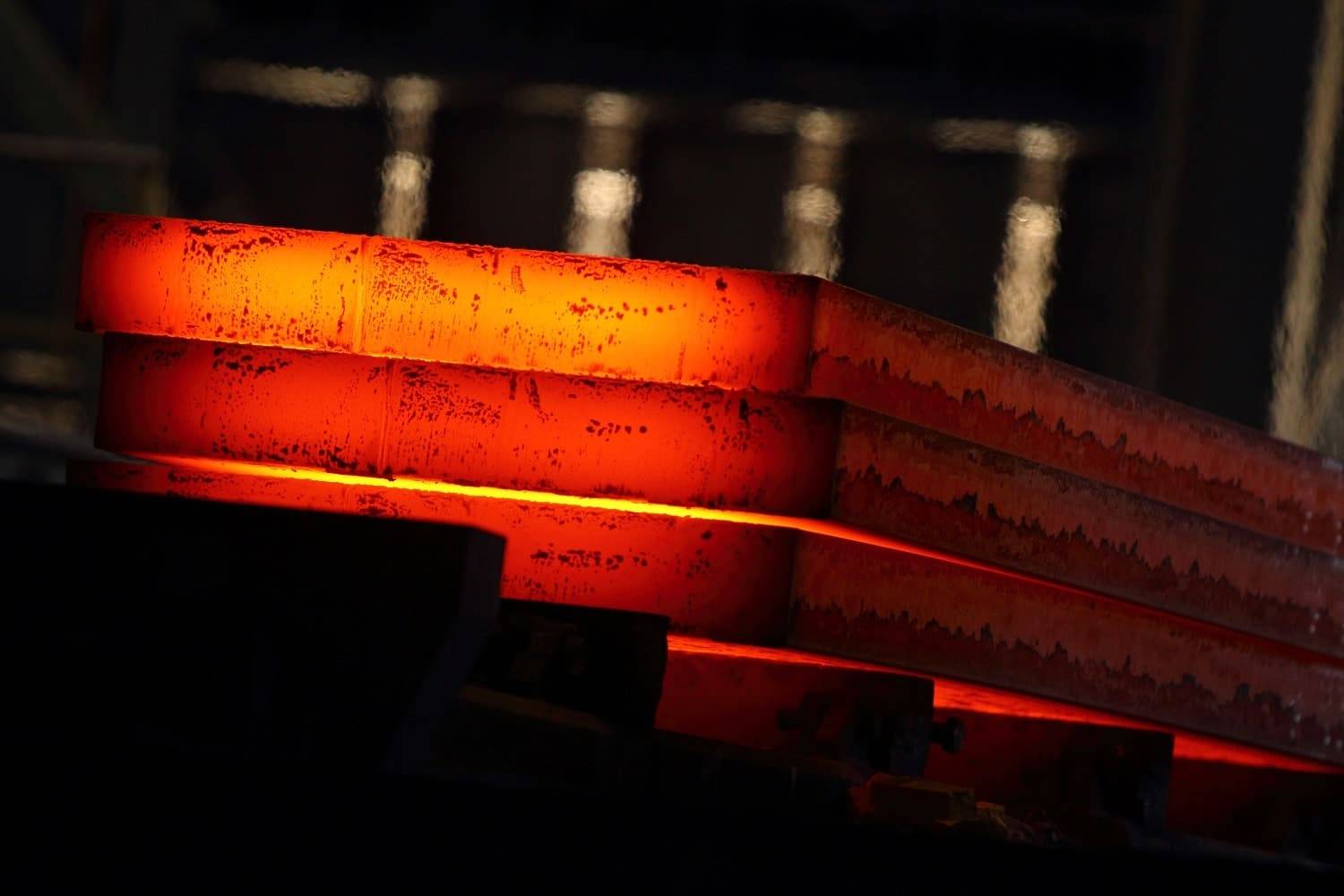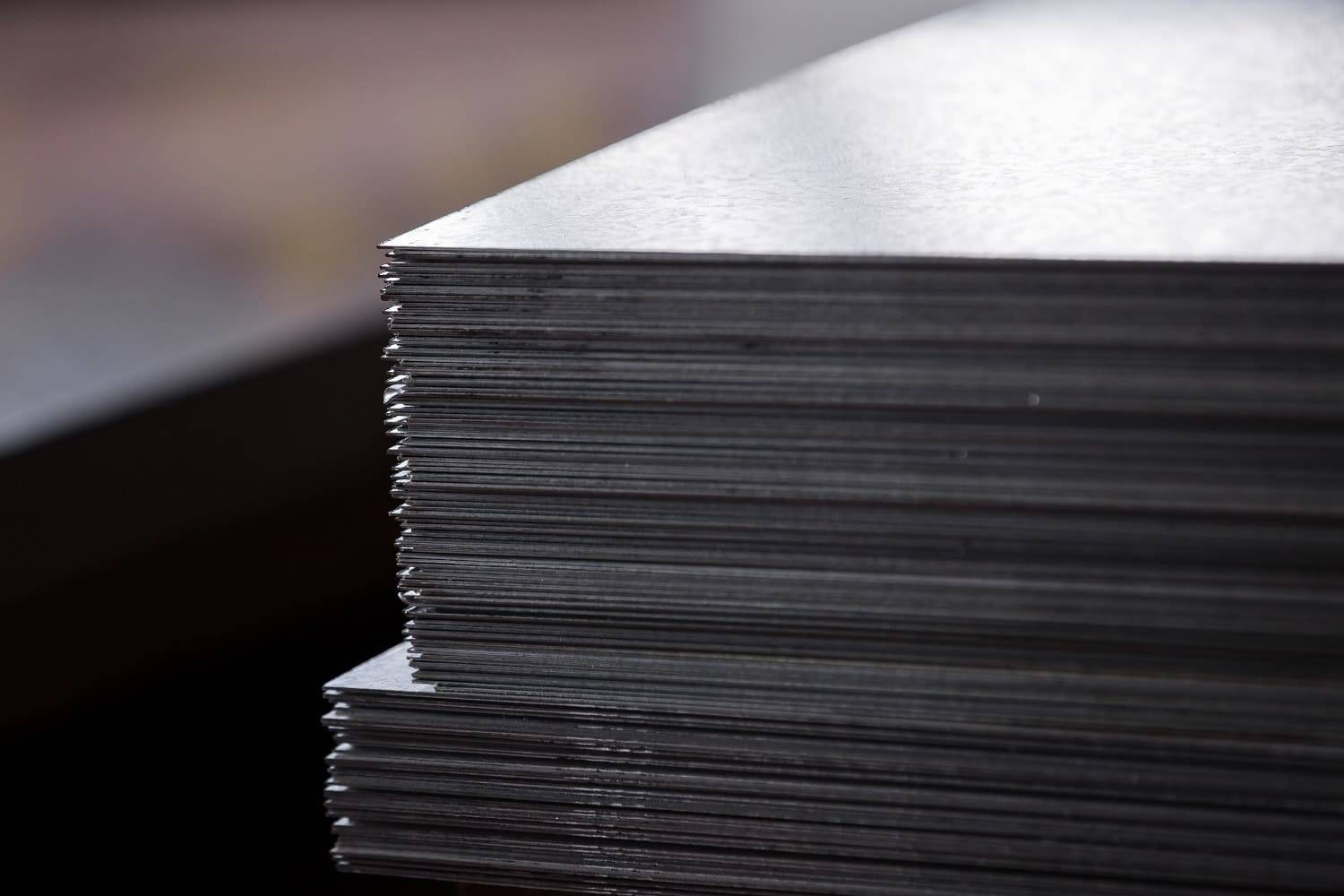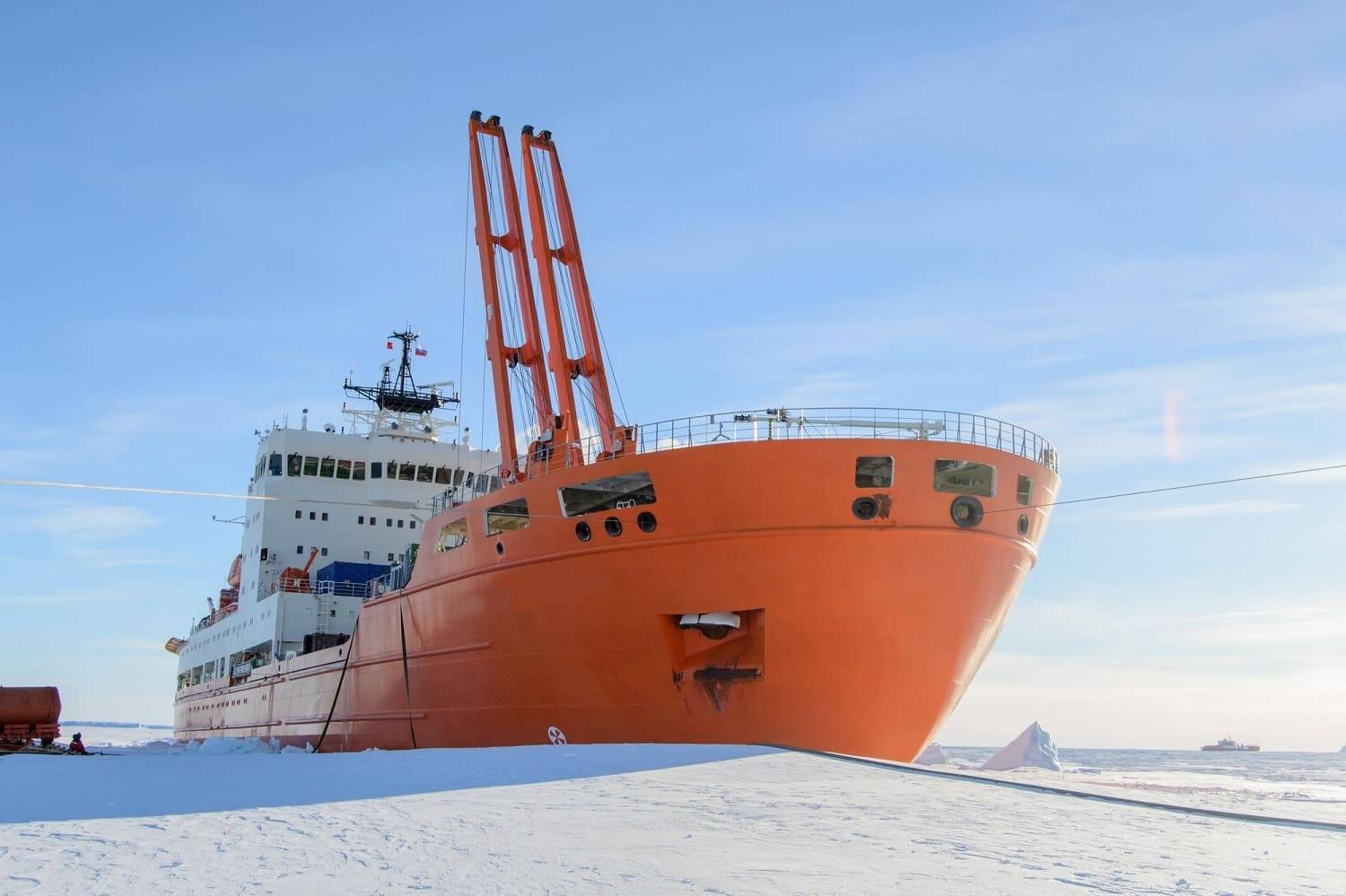Azovstal is the leading plant in terms of the number of new products, followed by Ilyich Steel and Zaporizhstal, rounding out the top three.
New quality of slabs
Ilyich Iron and Steel Works started manufacturing eight new types of slabs last year. The following modern equipment enabled it to attain a better quality of products: a continuous casting machine (CCM #4) for billets and a ladle furnace, which were commissioned last year.

These semi-finished products are the basis for manufacturing hot-rolled products at the upgraded 1700 mill. Besides, new slabs are in high demand among the re-rollers due to improved chemical composition and excellent geometric characteristics. Steel products manufactured from such semi-finished products can be used in all applications; especially, they are in demand in the construction sector, among pipe manufacturers and machine builders.
The new ladle furnace allows the enterprise to achieve both the required limits for chemical elements and for chemical-composition uniformity throughout the cross-section of a slab. For example, if the plant manufactured steel with a carbon-content tolerance within 0.05% earlier, this range has been reduced by half currently. The ranges for the content of alloying elements have also decreased. In such a way, this has provided for lower and more uniform content of carbon and alloying elements, and the steel is easier to weld, which allows both pipe manufacturers and producers of other welded structures to decrease their costs.
Besides, CCM #4 is capable of manufacturing semi-finished products with stricter geometry tolerance ranges. In other words, the products are in strict compliance with the declared width and thickness, but the thickness difference throughout the slab length has decreased. This means that the slab can be rolled to a plate or to a coil with minimum waste during production.
New chemical composition
The positions with new chemical composition (from the last year) include rolled products alloyed with molybdenum, boron and nickel.

Molybdenum increases the strength, the hardness and the resistance of the steel to corrosion and high temperatures. Rolled products with such specifications can be used in aggressive environments under different weather conditions. This alloying element is valuable in bridge construction and pipe production because it permits the output of products with higher strength and improved operational resistance.
Nickel makes the steel stronger, more plastic and more resistant to the corrosion. This metal influences behaviour of steel at high pressures. Metinvest has developed the chemical composition, including nickel, for plates, which are used for building boilers, tankers and pressure vessels. On the other hand, P355NL2 steel can be used under the most severe temperature conditions, down to -60°С. Moreover, the plate was subject to multiple certifications: the chemical composition and the features of the rolled products meet both European and American standards.
Iron and steel workers created two products alloyed with boron: these are shipbuilding steel and coiled stock. Boron provides hardness and hardenability of the steel. A strong ship hull can be built using boron-alloyed plates, while the heat-treated coil enables reaching higher strengths for machine-building parts or building structures.

New standards
Last year, Metinvest started manufacturing heavy plates in accordance with two new standards: GOST R 52927-2015 and GOST 27772-2015. The first standard applies to shipbuilding, while the second one is the key construction standard for the CIS countries. Eight steel grades were produced per these standards, four grades for each.
Heavy plates made of shipbuilding steel with the normal and increased strength are used for sea and river ships, oil- and gas-extraction platforms, pontoon bridges, berths, and other welded structures.
GOST 27772-2015 replaced the outdated standard of 1988 and tightened the requirements for steel quality. Today, building structures made of plates manufactured per this standard can be used at a temperature below -55°С, and under very severe conditions as well.
